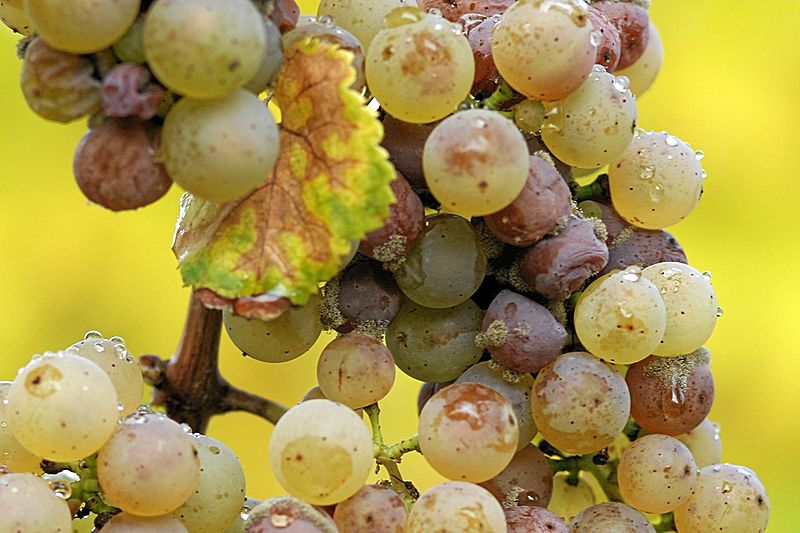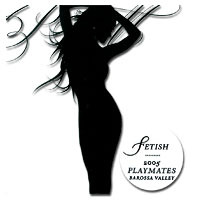 I want to ask you a very personal question
I want to ask you a very personal question and you don't have to answer if you don't want to. Do you prefer a natural cork, synthetic cork or a screwcap for your wine stopper?
Working at a wine bar, I have had guests that asked for a wine and when I brought it to the counter, saw that it was a screwcap, and outright refused the wine and asked for something else. I have to admit that I was anti-screwcap for awhile too.
My personal distaste for the screwcap came about not because it may affect the taste of the wine, but because I liked the tradition of uncorking a bottle of wine. It is a ritual that has been done for years and takes practice and skill. I didn't want to give that up.
So what is my current opinion now and why?
I have leaned towards screwcaps, but after reading this
article I am leaning back towards
natural corks. The caveat here is the cork has to come from
a major producer of cork that has taken the proper steps to insure the cork's quality. The difficulty here is how do we know where the cork came from until after uncorking?
What are the natural cork issues?
Natural corks have (had) 3 main issues. A mold called Trichloroanisol (TCA for short), also called
cork taint, adversely affects the flavor of wine. Oxygen ingress, the cork allowing varying amount of oxygen into the wine, was thought to affect the wine too (this has been disproven). Lastly, synthetic corks and screwcaps were introduced providing "better" alternatives to natural cork.
Do the synthetic corks and screwcaps have issues?
Yes, through scientific testing by
Amorim's onsite labratory and in conjunction with the
University of Bordeaux, it has been show that synthetic corks allow oxidation from the outside air (ingress) and fail to keep their seal over time. Screwcaps do not allow any air in, but that causes 'reduction' (sulphide problems) which also adversely affects the flavor of wine.
Also, these two types of bottle closures are far less "green" and eco-friendly.
On a related note... A natural cork's structure is 90% air and it does not allow any outside air in. The oxidation that occurs is only from the oxygen that is released from the cork inside the bottle.
What is Cork doing?
The cork industry acknowledged the issues and has introduced new methods to improve the quality of their cork. They've learned how to reduce and/or eliminate cork taint, the primary reason for cork's decline. They are spreading the word about how eco-friendly natural cork is and they are letting people know that the other closures have their weaknesses too.
For more information about how and what cork is being used for check out
Cork Facts. Cork interior in the Mercedes concept car!
For me, I'm glad to know that the ritual and tradition of opening a bottle of wine will be around for many years to come.
-H

























